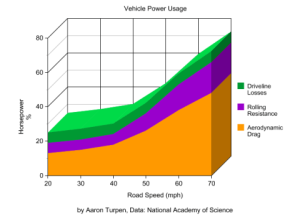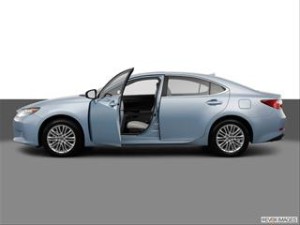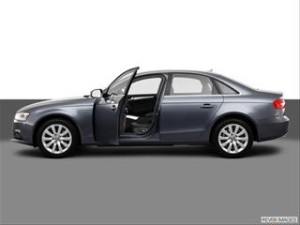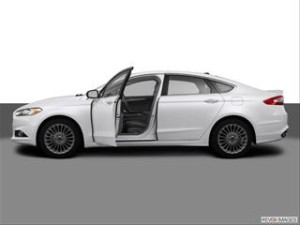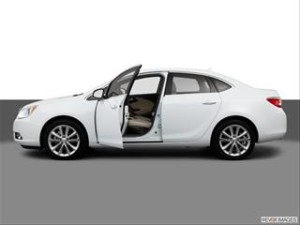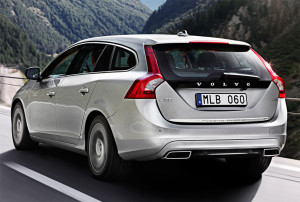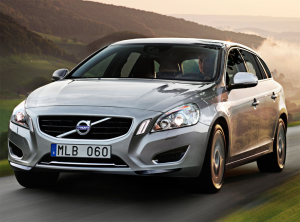When driving through a parking lot, you will see many similar looking cars. Toyota, Hyundai, Honda, Lexus, BMW, Audi, etc all sort of blend together when comparing their side and front profiles.
The reason is aerodynamics. In order for automakers to meet CAFE (corporate average fuel economy) ratings of 54.5 mpg in 2025 set by the US government, they need to work on reducing Cd (coefficient of drag). The government will fine automakers millions of dollars in penalties if their average car fleet is below CAFE standards.
As you can see below, the drag coefficient is the most important lever for increasing fuel efficiency. If automakers can reduce drag by 0.05, fuel economy improves by 1 mpg.
Back to the car shape and Cd. The ‘half moon shape’ that is commonly used in car design today has the lowest Cd, while still maintaining the most interior room. Thus, autos start to look like one another. Look at these similar car profiles that I picked at random (All the cars below have lower Cd’s of around 0.30):
Lexus ES
Audi A4
Ford Fusion
Cadillas ATS
Buick Verano
Boring right? At some point, automakers need to differentiate car body styles to avoid being too common. Other fuel saving measures like direct injection, engine stop/start, lower resistance tires, transmissions with more gearing, and utilizing hybrid engine setups will help fuel efficiency.
There will always be some people that view a car as just an appliance, and its only purpose is to get you to and fro. But for others that are passionate about styling, performance, fuel efficiency and technology, we still want cool cars that don’t look like a carbon copy of everything else on the road today.
